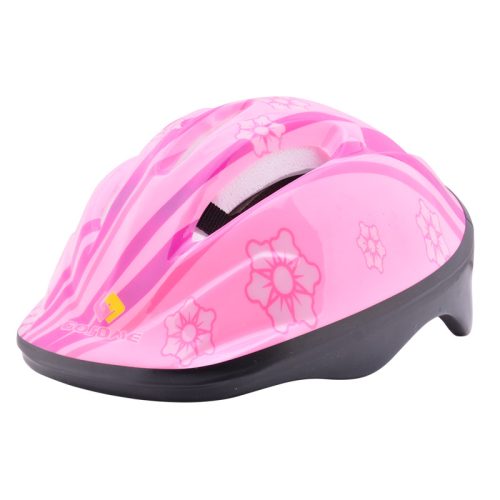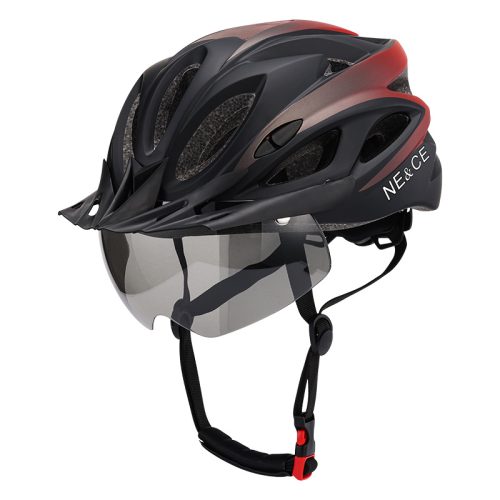Choosing the right bike helmet is crucial for your safety when cycling. Here are some key factors to consider when selecting a bike helmet:
- Safety Standards: Ensure that the helmet meets safety standards in your region. In the United States, look for helmets that are certified by the Consumer Product Safety Commission (CPSC). In Europe, helmets should comply with the EN1078 standard.
- Fit: A properly fitting helmet is essential for safety. Here’s how to find the right fit:
- Measure your head’s circumference just above your eyebrows to determine your size.
- Try on helmets in that size, and make sure it’s snug but not too tight.
- The helmet should sit level on your head and cover the top of your forehead without tilting backward or forward.
- Adjust the helmet’s straps and retention system to secure a snug, comfortable fit.
- Comfort: Look for helmets with ample padding, good ventilation, and an adjustable fit system. Helmets with moisture-wicking padding can help keep you comfortable on longer rides.
- Ventilation: Adequate ventilation is crucial for comfort, especially in warm weather. Helmets with multiple vents and channels for airflow can help keep you cool.
- Weight: Lighter helmets are generally more comfortable for extended rides. However, remember that safety should always be your top priority, and not all lightweight helmets compromise safety.
- Style: While style is not as important as safety, you can find helmets in various designs and colors to match your preferences and cycling attire.
- Visors: Some helmets come with removable or integrated visors, which can provide shade and protection from the sun. Consider your riding conditions when deciding on a visor.
- MIPS (Multi-directional Impact Protection System): Some helmets are equipped with MIPS technology, which can reduce rotational forces on the brain during an impact. If you’re looking for added safety features, consider a MIPS helmet.
- Budget: Helmets come in a wide price range. While it’s important to find a helmet within your budget, don’t compromise safety for cost. High-quality, certified helmets are available at various price points.
- Replace After a Crash: If you’re ever in a bike accident, replace your helmet immediately, even if it looks undamaged. Helmets are designed to absorb a single impact, and their effectiveness can be compromised after a crash.
- Helmet Age: Helmets degrade over time due to exposure to sunlight, sweat, and general wear and tear. Consider replacing your helmet every few years, even if it hasn’t been in an accident.
- Try Before You Buy: It’s essential to try on helmets in-store whenever possible to ensure a proper fit and comfort. If buying online, check the seller’s return policy in case the helmet doesn’t fit as expected.
Remember that safety should always be your top priority when choosing a bike helmet. A well-fitting, certified helmet can significantly reduce the risk of head injuries while cycling.


